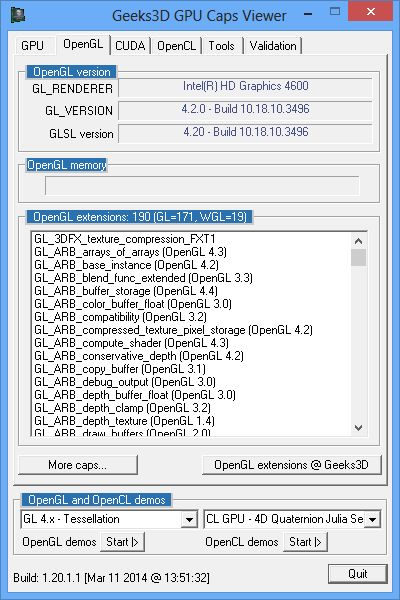

The integrated Direct3D features of the Kepler architecture are the same as those of the GeForce 400 series Fermi architecture. UAV (Unordered Access View) in non-pixel-shader stages.Īccording to the definition by Microsoft, Direct3D Feature Level 11_1 must be complete, otherwise the Direct3D 11.1 path can not be executed. Target-Independent Rasterization (2D rendering only).ġ6xMSAA Rasterization (2D rendering only). The following " Modern UI " Direct3D 11.1 features, however, are not supported: So like you said Nvidia don't fully support DirectX 11.1


The reason I ask is to make a decision between the 650Ti Boost and 660.(As I have already purchased the 660 and thinking if I should have rather gone for the 650Ti Boost.)ĮDIT: This is what I got from Wikipedia The list shows that it supports DirectX 11.0 and OpenGL 4.3 Whereas I have seen for the 650Ti Boost myself, it mentions OpenGL 4.3 Seems like the list hasn't been updated though as both the models I mentioned aren't in the list. It is really something you don't pay attention to. With new updates always coming out and new hardware always coming out. You will find places that will say they are 11.1 and others that will say 11.0 but all of the 600 series support the same features. Also current nvidia dx11 cards don't fully support all 11.1 features like amd cards. 11.1 hasn't really caught on since most people do not have w8 and w7 only supports a few 11.1 features.

The amd 7000 series were out before 11.1 was out but support 11.1 with newer drivers. In the past a few 10 cards were updated to 10.1. Note the 400 series came out with 4.1 but new drivers support 4.3. Desktop OpenGL does not support this.400 series and up support ogl 4.3. OpenGL ES 2.0 requires the specification of precision modifiers for attributes, uniforms and locals. On Web, the graphic stuff is handled by WebGL. Please note that support for OpenGL ES 3.0 is experimental on iOS. To prevent your application from being shown to unsupported devices in the Play Store, add one of the following lines to your Android Manifest: On Android Open GL ES 2.0 and 3.0 can be used. Please note that MacOS only supports the OpenGL 3.2 core profile. For mimicking GL ES 3.0 on desktop, one can specify the exact OpenGL version, that should be used. Compared to last v3621, 12 extensions have been added: GLARBtextureview (OpenGL 4.3) GLARBfragmentlayerviewport (OpenGL 4. )exposed 203 OpenGL extensions (GL184 and WGL19) for a HD Graphics 4600 GPU under Windows 8 64-bit. On desktop, OpenGL 4.3 provides full compatibility with OpenGL ES 3.0. v3652 is an OpenGL 4.3 driver (GLVERSION 4.3.0 Build 10. GL ES 3.0 is the successor of OpenGL ES 2.0. To mimic GL ES 2.0, libGDX does not request any specific OpenGL version, so the driver will be more forgiving. GL ES 2.0 is roughly based on Open GL 2.0, however, there are some incompatibilities that weren’t resolved until Open GL 4.1. On Desktop, libGDX is mapping all its graphics calls to OpenGL. Platform specificities Desktop (Windows, Mac, Linux)


 0 kommentar(er)
0 kommentar(er)
